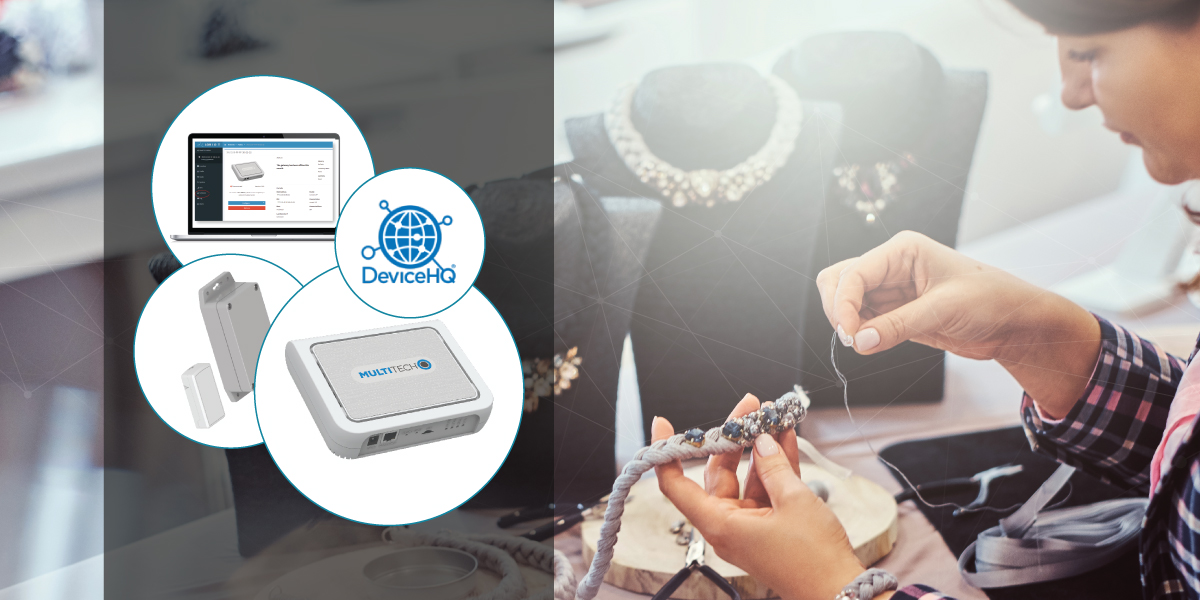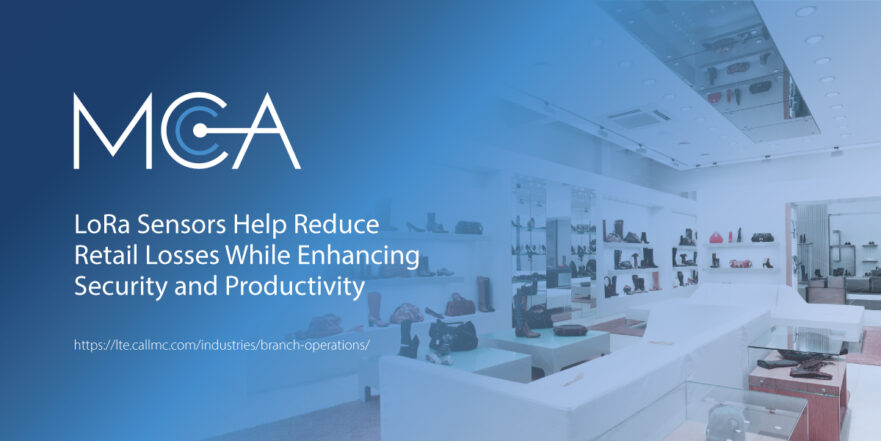Movement Sensors Help Retail Stores Increase Security and Productivity
Retail Stores Experience Monetary Losses Due To Untracked MerchandiseManagers must also vigilantly monitor the locations of store assets - including company vehicles, tools, and equipment - to prevent theft and unauthorized usage by intruders, staff, or curious customers. According to the National Retail Federation, dishonest employees cost retail stores an average of over $1,200 annually in stolen merchandise and equipment. Additionally, contrary to the image of petty shoplifters concealing items under clothing, NRF surveys reveal that the average shoplifting occurrence amounts to over $500 in losses for a store.
Without adequately monitoring merchandise and assets, it's easy to see how quickly shoplifting - or even misplaced goods that don't make it to the store shelves - can add up for retailers.
Motion Sensors v. Movement Sensors For Retail Security
Each retail operation should formulate a thorough loss prevention strategy that integrates a variety of tactics. While specific methods will naturally differ based on the particular organization, typical measures encompass security cameras, security tags on merchandise, and trained in-store security personnel who can identify suspicious behavior.
Additionally, retailers can employ wireless movement sensors as a versatile tool to maintain the integrity of merchandise and store property. However, it's essential to distinguish between motion sensors and movement sensors.
Motion Sensors
Movement Sensors
Multitech Radio Bridge LoRaWAN® Wireless Movement Sensors
Acceleration-Based Sensor Applications
- Asset Monitoring
- Building Security
- Shock Sensing
- Movement Detection
Tilt And Motion Sensor Application
- Inclination Monitoring
- Garage Door Monitoring
- Pole Lean Detection
- Loading Gates
- Bay Door Orientation

Types of Movement Sensors for Retail Operations
By leveraging tilt, object movement, and acceleration sensors, retail outlets can enhance operational efficiency, improve customer experiences, and optimize various aspects of store management.
In some stores - such as jewelry or electronics stores - not only are movement sensors important to ensure that high-priced items are not removed, but also because how those items are displayed is an integral part of the sales process. In a jewelry store, for example, store employees take great care to ensure that items are placed in specific spots on the shelves and at particular angles to ensure that precious stones are literally displayed in the best light. If an item isn't properly placed, it may not be attractive to buyers, leading to lost revenue. Movement sensors can help ensure that items remain in their correct positions and alert store staff if they are tilted or moved out of position.
Similarly, items in an electronics store can be severely and irreparably damaged if they fall off their shelf or are tipped in the wrong direction. Imagine a store with an entire wall filled with large TVs - if one of them begins to tip in a downward motion, not only is that item in danger of falling and breaking, but it could cause the entire display to become unstable, putting other items at risk as well. Movement sensors will notify store employees if an individual item and the shelving unit itself are disturbed so that corrections can be made and merchandise can be protected.
Tilt Sensors
Shelving Units
Monitor the angle of display shelves to ensure products are displayed correctly and safely, preventing items from falling.
Point-of-Sale Systems
Alert staff if the cash register or card reader is tilted or improperly positioned, ensuring seamless transactions.
Electronic Displays
Monitor the tilt angle of digital signage or promotional displays to ensure optimal customer visibility.
Object Movement Sensors
Inventory Management
Track the movement of products within the store, from storage areas to shelves, ensuring efficient restocking and inventory control.
Shopping Carts
Implement sensors to track the movement and location of shopping carts within the store, optimizing cart availability and organization.
Customer Traffic Flow
Analyze the movement of customers within the store to identify popular areas, optimize layout, and improve customer flow.
Product Returns
Monitor the movement of returned products from the customer service desk back to the appropriate storage or return-to-vendor area.
Acceleration Sensors
Customer Checkout Experience
Monitor the speed and efficiency of checkout processes, analyzing how quickly items are scanned, bagged, and processed to optimize staffing and checkout lanes.
Employee Efficiency
Track the movement and acceleration of staff members as they restock shelves, retrieve items for customers, or move between different areas of the store.
Product Security
Implement sensors on high-value or theft-prone items to detect sudden movements or accelerations, triggering security alerts or notifications for staff.
Equipment Monitoring
About MCA and Our CNS Team
MCA is one of the largest and most trusted integrators in the United States, offering world-class voice, data, and security solutions that enhance the quality, safety, and productivity of customers, operations, and lives. More than 65,000 customers trust MCA to provide carefully researched solutions for a safe, secure, and more efficient workplace.
Our Cellular Networking Solutions (CNS) team (formerly known as USAT) is made up of certified experts in the design and deployment of fixed and mobile wireless data connectivity solutions for public and private enterprises nationwide - complete with implementation, training, proof of concept (POC), system auditing, and on-site RF surveying services with optional engineering maintenance contracts.
Our extensive Semtech catalog of world-class routers, gateways, and software designed for remote monitoring and management in even the harshest environments allows us to deliver a full suite of reliable technologies capped with a service-first approach.
Share this Post














